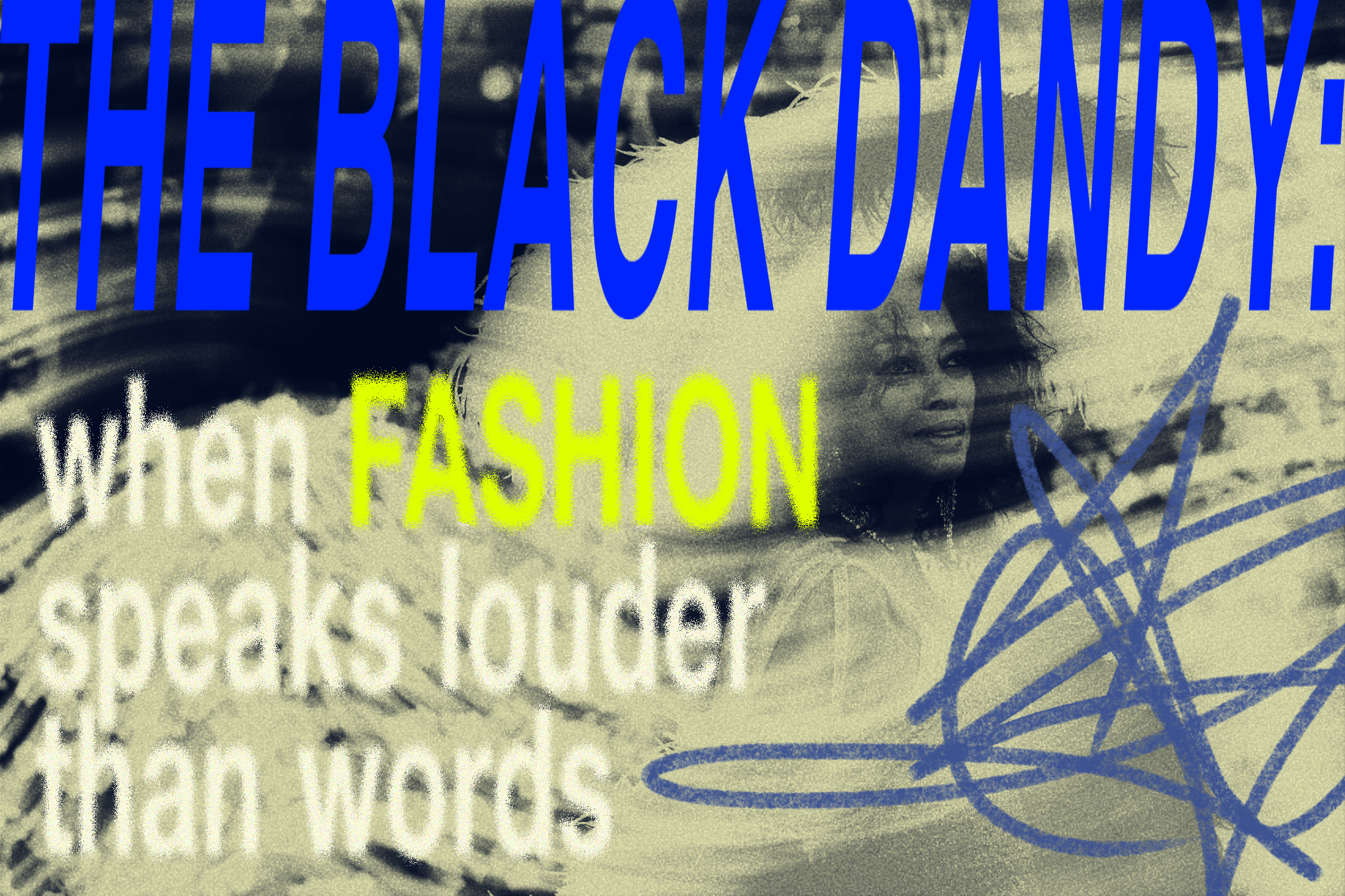This year’s Met Gala, themed Superfine: Tailoring Black Style, marks a bold and relevant shift for the distinguished fundraising event. Inspired by Monica Miller’s novel, Slaves to Fashion: Black Dandyism and the Styling of Black Diasporic Identity, the theme brings long-overdue attention to how fashion has been used as a language of resistance, especially for communities whose stories have often been suppressed. This year’s Gala explores how Black people have used fashion, not just as self-expression, but as a powerful tool to reclaim narratives, challenge stereotypes, and shape identity on their own terms.
Black Dandyism, the muse of the Gala and its namesake exhibit, is the black reinterpretation and reconstruction of European-style tailoring, often characterized by sharp suits and bold accessories. It operates on the principle of taking something that excluded you or was imposed on you and using it to define your identity, under your own terms, in a way that is eccentric and hard to ignore.
The exhibit and gala have fostered a moment to celebrate past and present dandies like André Leon Talley, Frederick Douglass, André 3000, and even Tyler, the Creator—who have all displayed their style as cultural critique or an unapologetic form of self-expression.
In the U.S, dandies from the Harlem Renaissance to contemporary icons like Dapper Dan, one of the faces of this Met Gala, transformed tailoring into an act of rebellion and self-actualization. Wearing tailored suits artistically curated with statement colors, patterns, textures and accessories let dandies break out of stereotypes of impoverishment and inferiority. This let them define their own identity by presenting as how they saw themselves rather than the perception that was imposed on them, not because poverty and hardship didn’t exist in their communities, but because they knew that it wasn’t a definitive part of anyone’s story.
Across the diaspora, Black Dandyism has taken many forms. In Congo, the “Sapeur” used elegance as resistance. This dandy protested colonial rule by wearing and exaggerating the style of European suits. Despite being faced with the afflictions of war and oppression, Sapeurs used fashion to express their determination to rise above violence and choose peace and pride for themselves.
Dandyism is a form of political and social expression that extends beyond black men, black women, notably modern-day influences like Janelle Monae use androgynous suiting to challenge gender roles and broaden Black aesthetics. Similarly, the zoot suit, with its exaggerated proportions, embodied the spirit of resistance among Black, Mexican American (Chicano), and Filipino American youth. Worn proudly during eras of discrimination, these suits were symbols of pride and provocation.
Both the zoot suit and Sapeur movements reveal how deeply style mattered. Even in some of toughest economic periods in Congo, sapeurs spent what little they had to dress exquisitely. During the 1940s Zoot Suit Riots, Mexican American youth faced hostility towards them for their clothing, seen as wasteful during wartime rationing. Yet neither hardship nor hostility stopped these communities from asserting their identity through fashion. Their clothes were not only a creative outlet but were their voice in times when they didn’t have one.
This year’s Met Gala has sparked conversations about conformity vs. reclamation. Some argue that dandyism mimics colonial standards, but the distinction lies in their intent: the Black Dandy redefines. The label itself “black dandy” raises questions about categorization. Why not simply “dandy”? It is because race changes the context, the implications, and the meaning.
Beyond fashion, this spirit of dandyism is alive in other creative fields. Met Gala hosts like Chimamanda Ngozi Adichie, whose writing redefined African women’s voices in global literature; Kara Walker, whose provocative silhouette paintings force viewers to confront race and power; and Spike Lee, whose films discuss the complexities of the Black experience in America, have each channeled this spirit of self-advocacy through their work.
This year’s Gala and exhibit are more than a celebration; they are a reclamation. They have driven people towards seeing the ways in which fashion has pushed whole communities forward, in ways and contexts that can hardly be encapsulated in one exhibit. They have urged us to look deeper into how fashion has helped make room for the expression of our own intersectionalities. And for those whose identities were stifled, fashion was, and remains, their voice.
Words by Tryna Okumu
Graphic by Annie Hart

